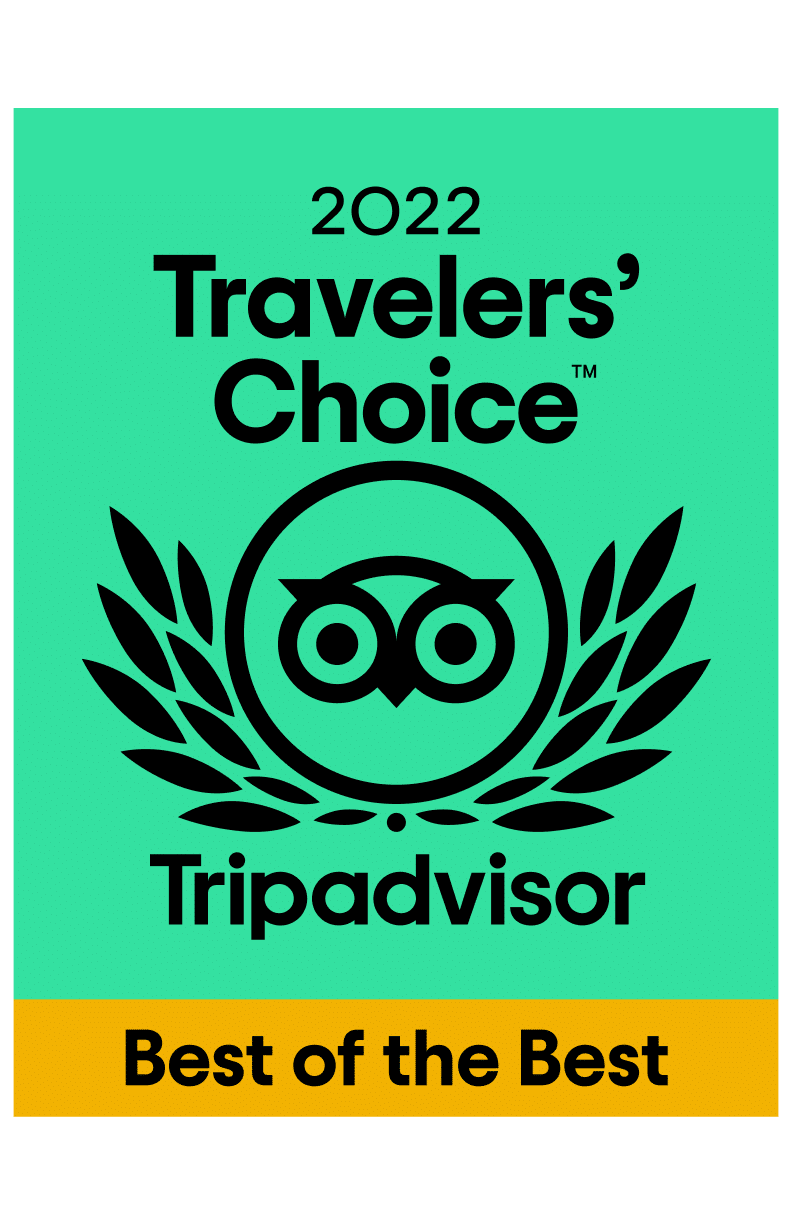On Sanibel and Captiva, more than 100 island residents volunteer each year as part of the Sanibel-Captiva Conservation Foundation’s Sea Turtle Research and Monitoring Program.
Each day during nesting season from April through October, volunteers are out at dawn to check the 18 miles of beach from the Sanibel Lighthouse to the tip of Captiva. Nests are identified and marked for monitoring and protection, and later in the season hatches from those nests are evaluated and recorded.
Last year, volunteers clocked a total of 4,836 hours on the beach, which is equivalent to a whopping 604 eight-hour work days!
In honor of the beginning of Sea Turtle Nesting Season, we thought we’d share some Turtle Trivia!
Turtle Trivia
- There are seven species of sea turtle: the Kemp’s ridley, olive ridley, green, loggerhead, hawksbill, flatback and leatherback.
- Florida beaches are home to 80% of loggerhead turtles in the U.S.
- Turtles can migrate tens of thousands of miles, but usually return to lay their eggs on the same beach where they hatched.
- Sea turtles are long-lived, slow growing animals. It can take 15 – 50 years before a sea turtle is capable of reproducing, depending on the species.
- Scientists estimate that only 1 in 1,000 sea turtle babies will survive to adulthood.
- The nest temperature during incubation determines a sea turtle’s sex. Boys like it cool – Girls like it hot.
- Hatchlings weigh less than one ounce and are only two inches long. Adults can grow over 3 feet long and weigh 250 to 400 pounds!
- July is the busiest month for sea turtles on Sanibel and Captiva. Adult females are still coming ashore to nest and the nests that have been incubating for two months begin to hatch.
- Sea turtles are one of the few reptiles that live in the marine environment. They breathe air, and can hold their breath for long periods of time.
- Sea turtles have great underwater vision, but are nearsighted out of the water.
- Sea turtles use their strong jaws to crush a diet of crabs, shrimp, mussels and jellyfish. Each species relies on a different diet: greens eat sea grasses; leatherbacks feed on jellyfish and soft-bodied animals; loggerheads eat heavy-shelled animals such as crabs and clams; hawksbills rely on sponges and other invertebrates; and the Kemp’s ridley prefers crab.
- Sea turtles have no natural predator, but they are threatened by many human-related dangers, including accidental capture and entanglement in fishing gear, the loss of nesting and feeding sites due to coastal development, intentional hunting (poaching) and ocean pollution.



